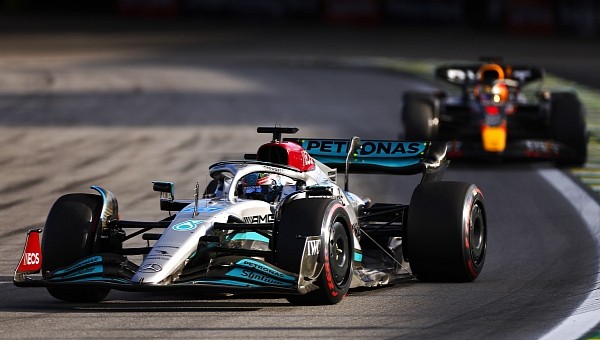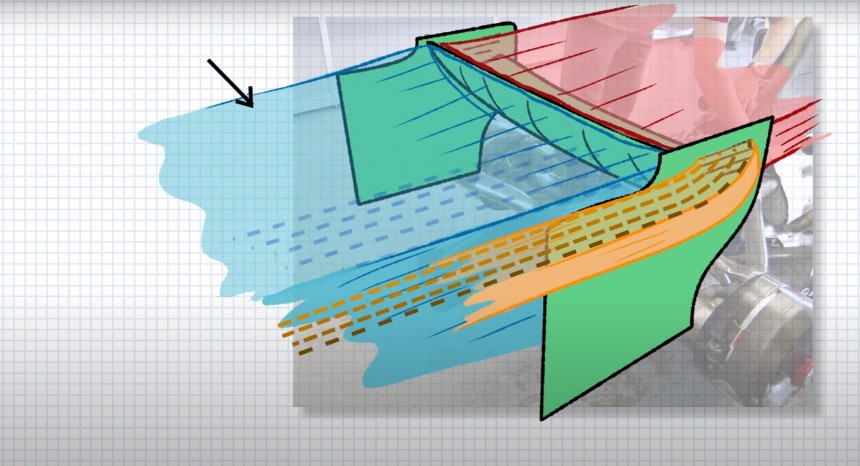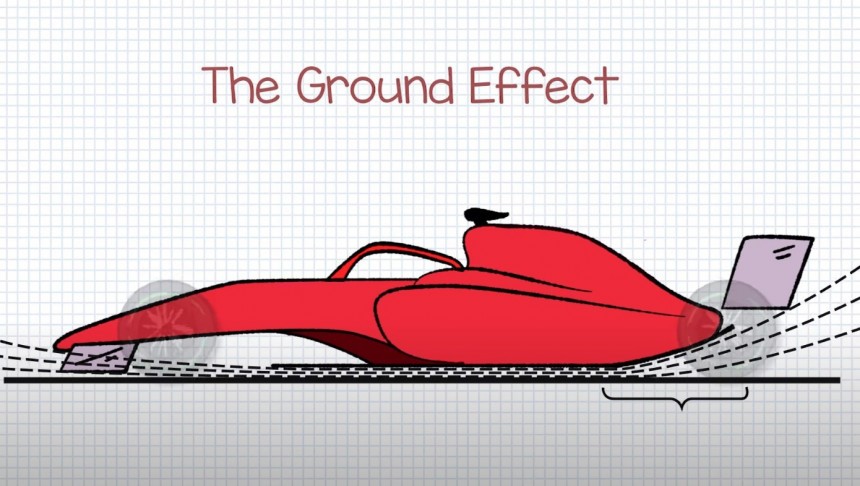For a long time, Formula 1 has suffered from being rather boring due to the cars not being able to race wheel-to-wheel and overtakes being cumbersome.
However, progress has been made and new regulations seem to have made a dent in the issue. From implementing a budget and testing time cap to introducing ground-effect cars, the changes have made racing slightly better.
Even so, while we’ve seen some close battles take place, especially in the midfield, the sport is not as competitive as fans would want it. There is still a huge performance gap between the top teams and the rest of the grid. What is even worse is that the 2022 season was one of the most lopsided we’ve seen in recent history, with Red Bull and Max Verstappen being utterly unstoppable.
Well, things could change in the near future. In an interview given by the outgoing managing director of F1's Motorsports division, Ross Brawn, to Autosport Magazine, we learn that there are plans to introduce active aerodynamics from 2026 onward.
While Formula 1 already has the DRS system, which can be considered active aero, there are a lot more things to play with in this area. According to Brawn, F1 chiefs have started considering the possibilities brought by active aero, and one interesting prospect would be slowing down the leading car.
“If you have active aerodynamics, then, of course, you could affect the car in front. You could have a proximity [that] once you get within a certain degree, the car in front loses a little bit of downforce and you gain a little bit of downforce. There are tricks you can play with that. It becomes an opportunity. I’m not saying we would do that, but it becomes an opportunity. So, the 2026 car is lessons learned from what we have now and I think we’ll incorporate some form of active aerodynamics,” Brawn stated.
However, this poses more questions than it answers and raises a huge concern. The biggest question relates to how this could be implemented and whether it will only affect the leader or all the cars throughout the pack depending on how far they pull ahead of the ones behind.
Another interesting question is how the drivers could manage that. Assuming a driver is on the track and pulls ahead of the pack, the car’s active aero will come into effect. Formula 1 cars are set up in very specific ways in relation to both the track and the driver’s preference. If that suffers a sudden change, especially if it happens through a corner, it could pose huge risks to the driver.
There is also the problem of the car changing its levels of downforce lap after lap, depending on the gap to the car behind. It can become unmanageable for the drivers if this is the case. One way to counteract that is to stay within a time limit where the car’s aero does not change, which would only serve as an artificial way to introduce entertainment within the sport.
This issue is even more of a mess when you think how much time Formula 1 drivers spend practicing and learning how to take each corner of every track. When you introduce changeable behavior in the car, that learning curve becomes next to impossible to manage.
This is without even considering that some cars could behave well on a specific aero setup and then become an absolute brick when it changes. That would only serve as a challenge for the engineers to generate as little interference from the active aero, in turn, reducing its impact to a minimum.
All things considered, the active aero idea is a problematic one to bring into Formula 1, and it's not guaranteed to improve racing. Whether we’ll see it or not is still being conceptualized. But from what has been described so far, it does not sound promising.
Even so, while we’ve seen some close battles take place, especially in the midfield, the sport is not as competitive as fans would want it. There is still a huge performance gap between the top teams and the rest of the grid. What is even worse is that the 2022 season was one of the most lopsided we’ve seen in recent history, with Red Bull and Max Verstappen being utterly unstoppable.
Well, things could change in the near future. In an interview given by the outgoing managing director of F1's Motorsports division, Ross Brawn, to Autosport Magazine, we learn that there are plans to introduce active aerodynamics from 2026 onward.
While Formula 1 already has the DRS system, which can be considered active aero, there are a lot more things to play with in this area. According to Brawn, F1 chiefs have started considering the possibilities brought by active aero, and one interesting prospect would be slowing down the leading car.
However, this poses more questions than it answers and raises a huge concern. The biggest question relates to how this could be implemented and whether it will only affect the leader or all the cars throughout the pack depending on how far they pull ahead of the ones behind.
Another interesting question is how the drivers could manage that. Assuming a driver is on the track and pulls ahead of the pack, the car’s active aero will come into effect. Formula 1 cars are set up in very specific ways in relation to both the track and the driver’s preference. If that suffers a sudden change, especially if it happens through a corner, it could pose huge risks to the driver.
There is also the problem of the car changing its levels of downforce lap after lap, depending on the gap to the car behind. It can become unmanageable for the drivers if this is the case. One way to counteract that is to stay within a time limit where the car’s aero does not change, which would only serve as an artificial way to introduce entertainment within the sport.
This is without even considering that some cars could behave well on a specific aero setup and then become an absolute brick when it changes. That would only serve as a challenge for the engineers to generate as little interference from the active aero, in turn, reducing its impact to a minimum.
All things considered, the active aero idea is a problematic one to bring into Formula 1, and it's not guaranteed to improve racing. Whether we’ll see it or not is still being conceptualized. But from what has been described so far, it does not sound promising.













